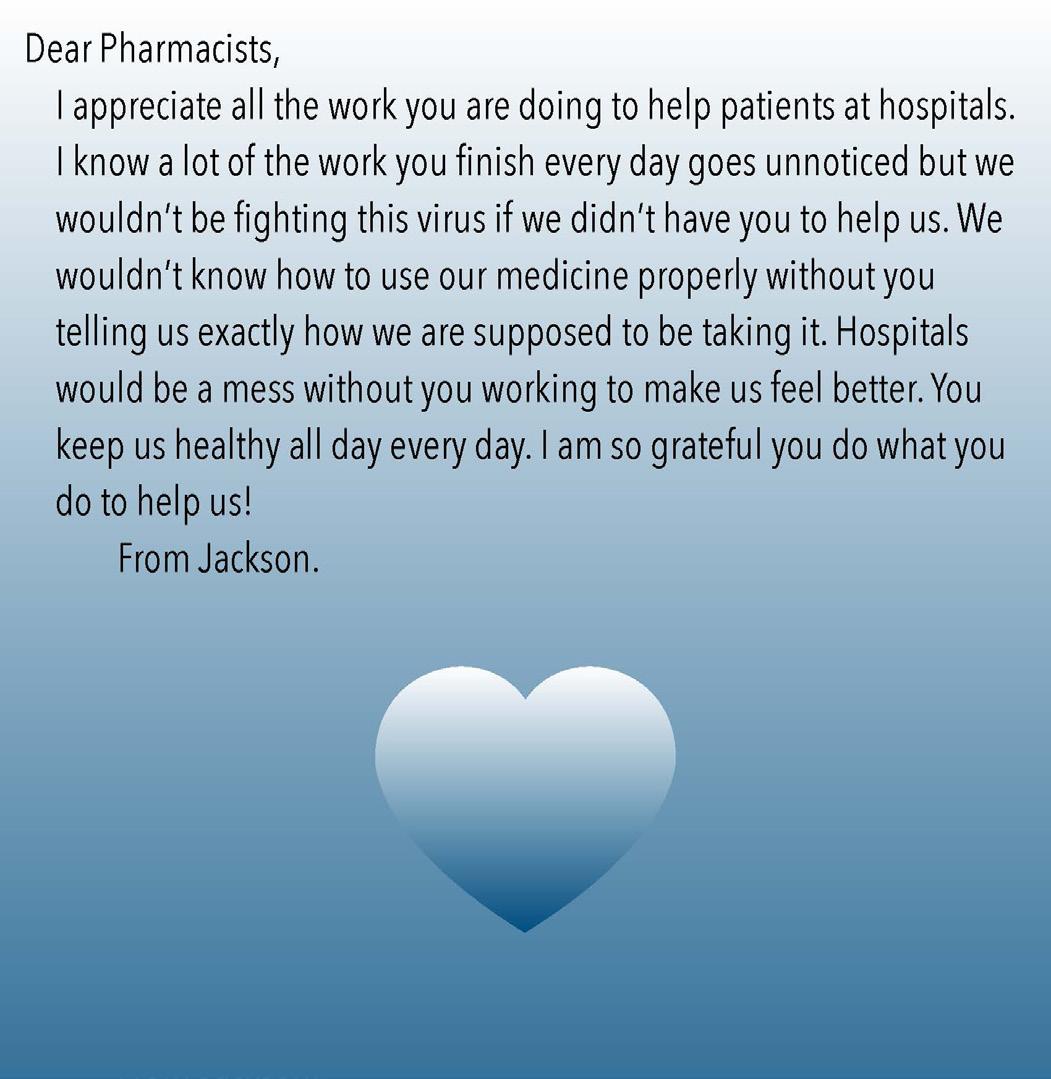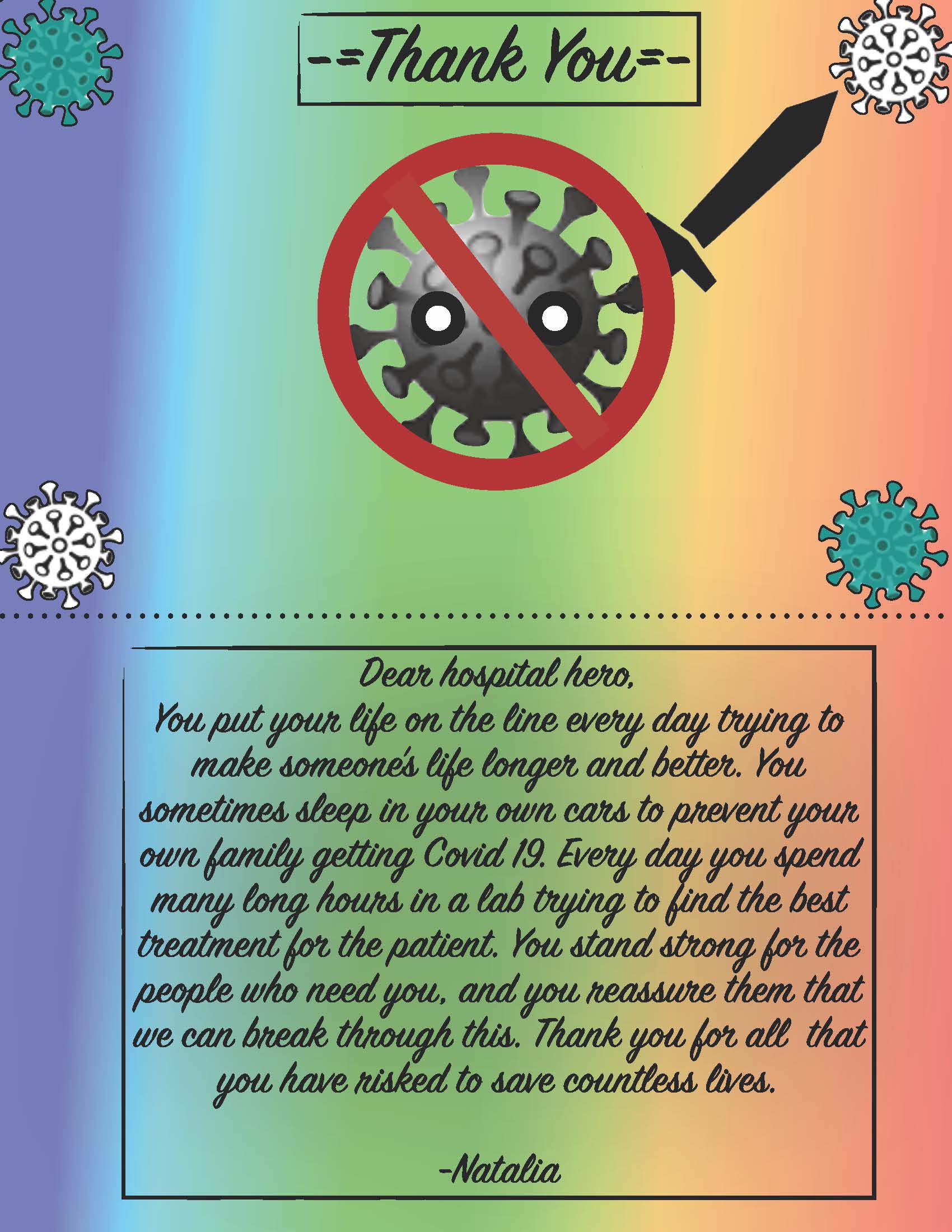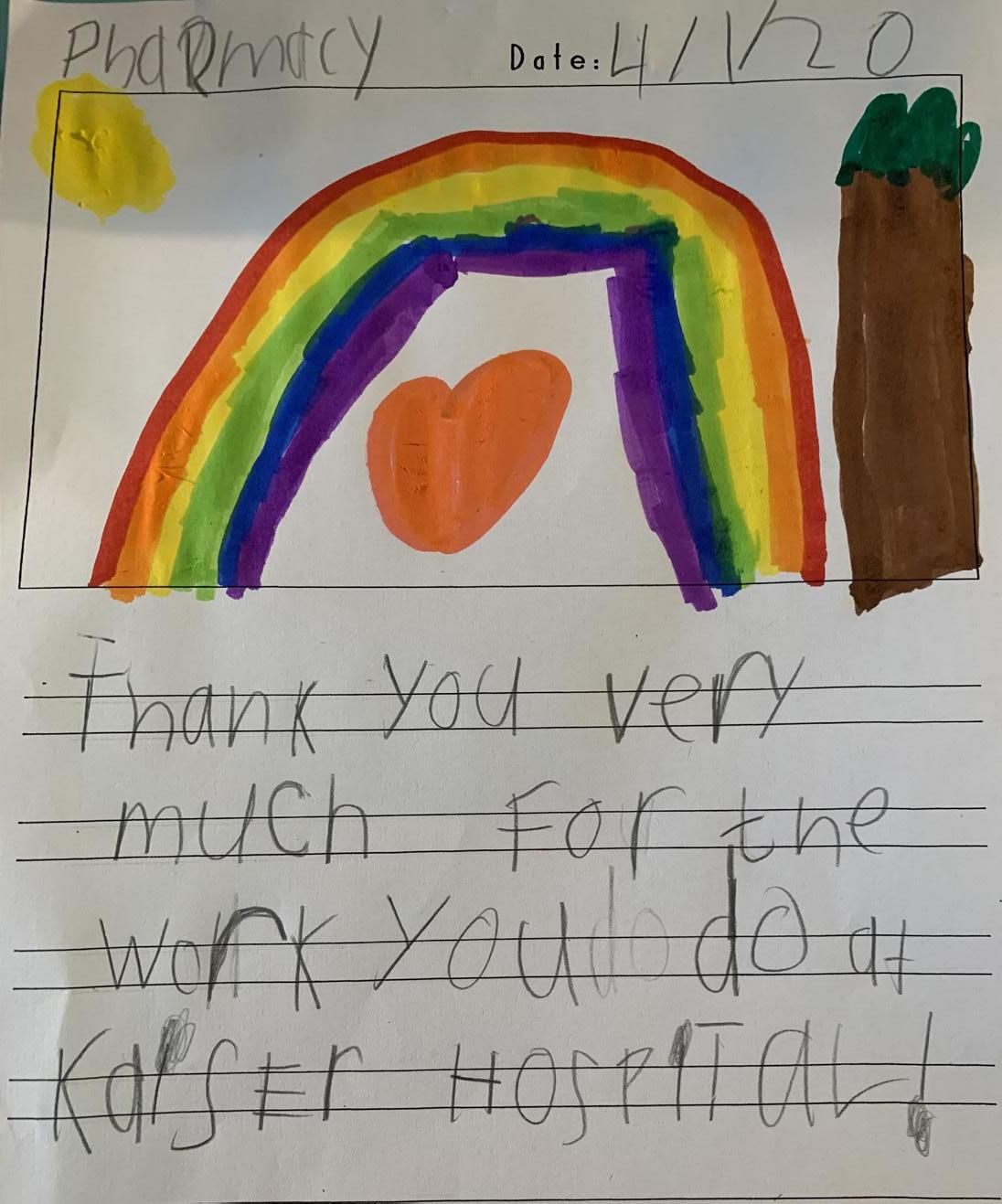
4 minute read
How Can We Help?
from The Marker 2020

Mr. Rogers, creator and host of Mister Rogers’ Neighborhood, famously once said, “When I was a boy and I would see scary things in the news, my mothers would say to me, ‘Look for the helpers. You will always find people who are helping.’” During times of widespread stress and anxiety—particularly during a global pandemic—this practice of recognizing the helpers is an important part of being a kind and responsive community member. At Mark Day School, recognizing that we are all part of a community, both large and small, is integral to our mission as a school. It is the foundation for our cross-cultural literacy and community engagement programs, during which students learn to become local and global citizens with compassionate habits of heart and mind. Whether students are volunteering with Downtown Streets Team or hosting a member of KYP in their homes, they learn to build reciprocal relationships with people who often live very different lives. As students navigate through these experiences, social and emotional learning, or SEL, is the thread that weaves them together. SEL is in everything we do, from greeting each other in morning meetings to collaborating on academic projects. It’s seen on the playground, in the classroom, and at home. In addition to teaching students how to manage their own emotions and use a variety of tools to problem solve, it also encourages empathy and compassion. So when our community is in need, Mark Day students have learned to step up and ask, “How can I help? What can I do?” When school closed on March 13 under a shelter in place order to help reduce the spread of COVID-19, Cross-Cultural Partnerships and Community Engagement Associate Remi Zimmerman got to work figuring out how to continue our connection with local partners. Upper Division community engagement day in March was canceled, but Remi still wanted students to experience the connection and perspective students usually gain on that day. But with the shelter in place order, that proved difficult, so she began brainstorming other ways to stay connected. “Fernanda Pernambuco [Director of Cross-Cultural Partnerships and Community Engagement] suggested I reach out to Kaiser and other medical facilities in the area to see if there was anything we could do to help them,” says Remi. “They said healthcare workers in all positions, especially the people who are rarely recognized, really appreciate letters of gratitude and pic-
tures drawn by kids. There was a clear link to our SEL program, and that’s when I reached out to Theresa Hall, our School Counselor and SEL program coordinator to come up with a project for students.” They started by showing a couple of videos like a compilation of different workers in action in a hospital and an Indeed commercial that demonstrated the message that “great moments are the work of many.” It’s not just the man who walked on the moon, for example, it’s also the mathematicians, technicians, and custodians who help make it happen. Showing appreciation for healthcare workers was not a novel concept. Around the world, people have shown gratitude, from donating personal protective equipment (PPE) to staging neighborhood-wide claps and howls. But doctors and nurses—common “frontline” workers—receive most of the praise, while more behind-the-scenes personnel who are just as vital for keeping healthcare organizations running are less recognized. Thanks to an administrator at Kaiser in Terra Linda, Remi had a long list of these medical professionals, which included food service workers, x-ray technicians, and pharmacists. “All of them are heros that take risks every day they go to work,’” says Theresa. “It’s important students understand that it takes a lot of different people to run a hospital during a global pandemic to keep people safe and healthy.” Students across the grades wrote letters to those healthcare workers, thanking them for their work and sacrifice. “It’s a good time to be a community member,” says Theresa. “For students to use their tools, like empathy and patience. We are all at home, but we can put ourselves in other people’s shoes.” One of students’ first questions was how to write and deliver these letters without spreading germs. They had the option to craft their letters on the computer or by hand and then take a photo of it so Theresa and Remi could then pass them on digitally to Kaiser. Students participated in a similar project writing letters of appreciation to firefighters last fall when fires were rampant in California. Feeling isolated and disconnected during the shelter in place are normal concerns. “It was an opportunity for students to feel like they can help, be part of what’s happening, and stay connected to the community,” says Theresa. “Also, gratitude is one of the best ways to lift your spirits during a tough time.”













